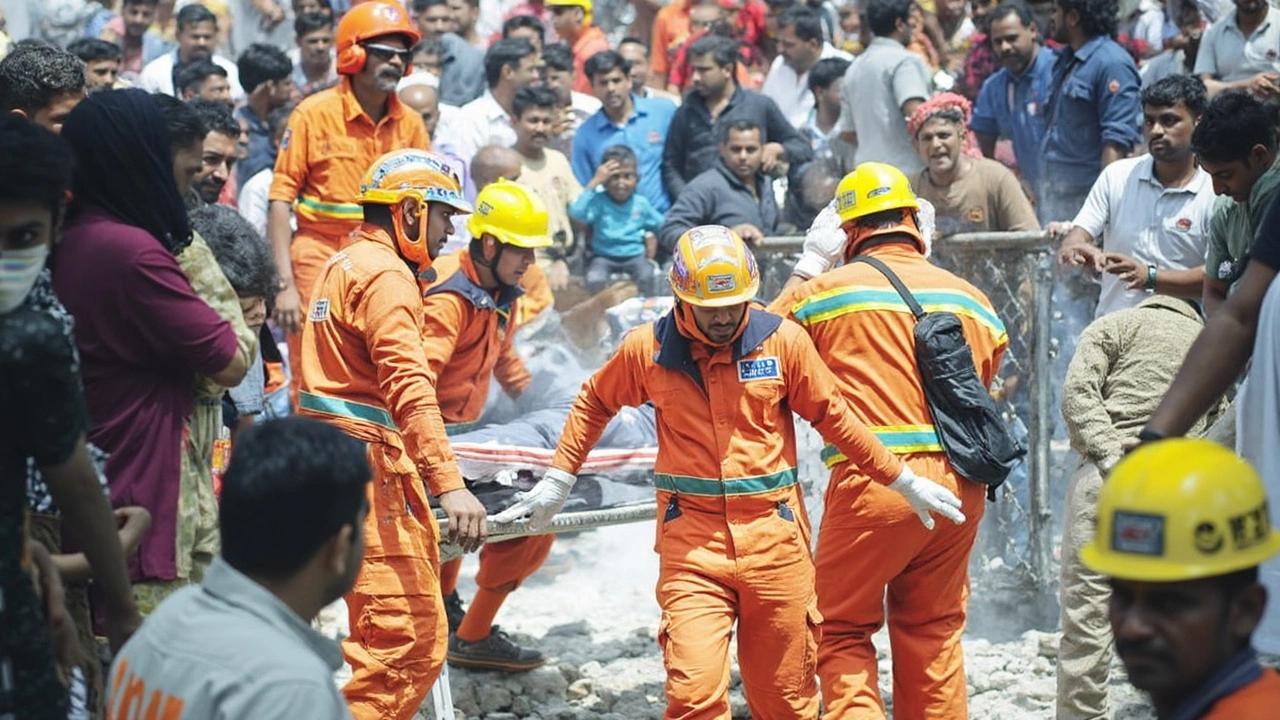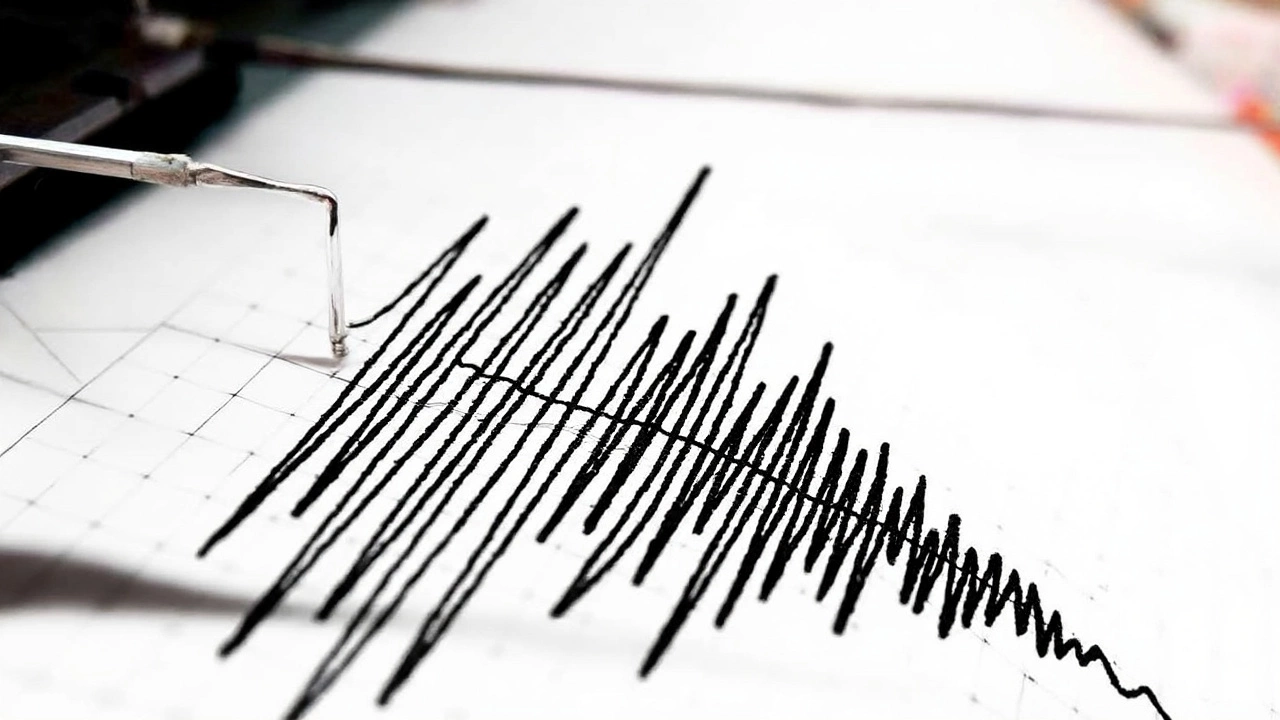Earthquake Strikes the Afghanistan-Tajikistan Border: Massive Tremors Sweep Across South Asia
A 5.8 magnitude earthquake hit the rugged Afghanistan-Tajikistan border on April 19, 2025, jolting millions across a wide stretch of South Asia, from Islamabad and Lahore to far-off Delhi-NCR and even Jammu-Kashmir. The quake, which struck around 12:17 pm IST, had its epicenter pegged at 36.10°N, 71.20°E. Depth readings varied between 92 and 170 kilometers, placing the tremor deep within the earth’s crust—a typical feature of quakes in the volatile Hindu Kush region.
People aren’t likely to forget the day’s events soon. In cities like Peshawar and Srinagar, reports quickly poured in of sudden swaying, rattling windows, and hurried footsteps as residents made a dash for the streets. Social media timelines filled instantly, with users sharing videos of trembling ceiling fans and office meetings brought to a sharp halt as everyone moved to safer ground. In Delhi-NCR, office towers and residential complexes saw brief but frantic evacuations. Most people described the shaking as lasting at least 20 to 30 seconds—enough to spark widespread panic, especially in high-rises where the motion felt amplified.

Repeated Seismic Activity Raises Concerns in the Hindu Kush Zone
This shock wasn’t a one-off. Just three days before, on April 16, a 5.9 magnitude earthquake had rumbled through almost the same area, at 35.83°N, 70.60°E. Though its epicenter was only about 75 km underground, the previous event also triggered moments of panic up and down the region, with similar reports of minor chaos, though—with no major injuries or damage reported this time around. The back-to-back quakes have put people on edge, reminding everyone that the Afghanistan-Tajikistan border sits on one of the world’s most restless seismic fault lines.
The region’s tectonics are no secret. The powerful collision between the Indian and Eurasian plates tosses up the towering Hindu Kush and Himalayas, but it also makes the area among the most quake-prone zones on Earth. Deep-focus earthquakes, like both April events, often travel across vast distances—which explains why cities hundreds of kilometers away felt the ground move. Scientists from India’s National Centre for Seismology have flagged the spike in seismic activity, with real-time updates flowing via their official social channels, and experts already discussing the prospect of further aftershocks or even fresh tremors in the coming weeks.
Any time the ground shakes in South Asia, memories surface of previous disasters—like the devastating 2005 Pakistan quake and more recent events in Nepal. Thankfully, no casualties or serious damage have surfaced in the immediate aftermath this April, but authorities are urging everyone to stay alert, especially in older buildings and densely packed neighborhoods prone to greater risk. With millions living directly above such active fault lines, monitoring underground movements isn’t just the job of scientists—it’s a shared priority for the entire region.
